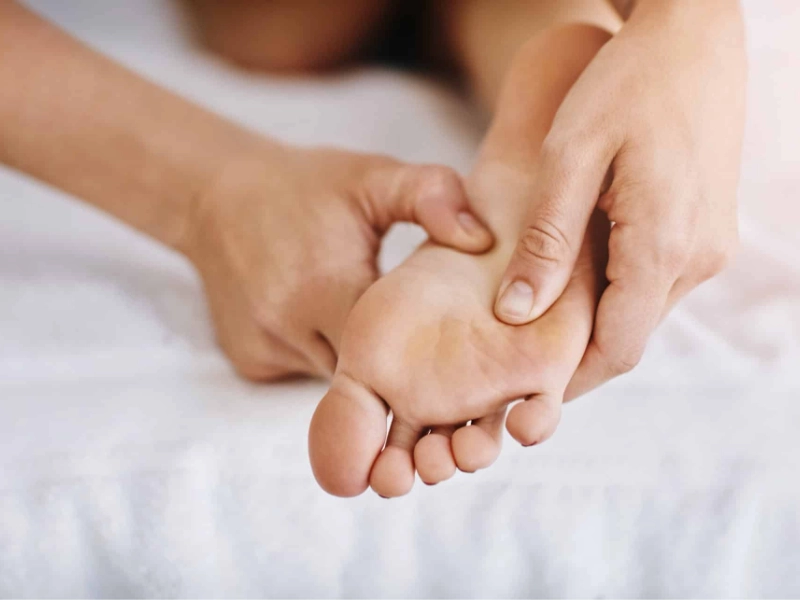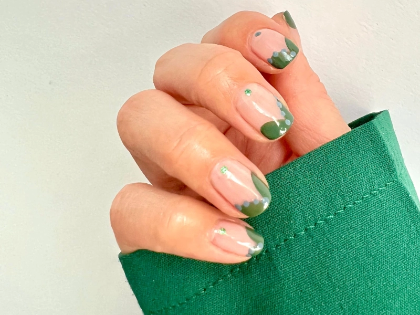Rooted in ancient healing traditions across various civilizations, foot massage offers a pathway to profound relaxation and wellness. This comprehensive guide explores the core techniques, benefits, and practical applications of this time-tested therapeutic practice, empowering you to unlock the secrets of improved health and relaxation. From Ancient Egypt to Traditional Chinese Medicine, cultures throughout history have recognized the powerful connection between foot manipulation and overall well-being. Modern research continues to validate these ancient practices, revealing the scientific basis for the numerous benefits of regular foot massages. Whether you're a professional practitioner or someone looking to enhance your self-care routine, this guide provides valuable insights into both the technical aspects of foot massage and its profound impact on physical and mental health.
1. Understanding Foot Anatomy and Pressure Points

The human foot, composed of 26 bones, 33 joints, and over 100 muscles, tendons, and ligaments, is a marvel of biological engineering. According to reflexology principles, this intricate structure contains numerous pressure points that correspond to different parts of the body and its systems. For example, the heel relates to the lower back and intestines, the ball of the foot connects to the chest and heart, and the arch is linked to internal organs such as the kidneys, pancreas, and liver. Understanding these connections is essential for effective massage, as stimulating specific points can influence related areas of the body. Knowledge of foot anatomy also helps identify areas of tension and discomfort, enabling more targeted and effective treatment. Additionally, awareness of sensitive areas and potential contraindications ensures safe and efficient massage techniques. The feet's dense network of nerves makes them highly responsive to touch, explaining why foot massages can have such widespread benefits. Foot massage is not just a relaxation technique but a holistic therapeutic approach, as each pressure point serves as a gateway to specific internal systems. By understanding these connections, practitioners can address specific health concerns through targeted massage techniques. Whether performed by professionals or individuals practicing self-care, every effective foot massage begins with this foundational knowledge.
Advertisement










